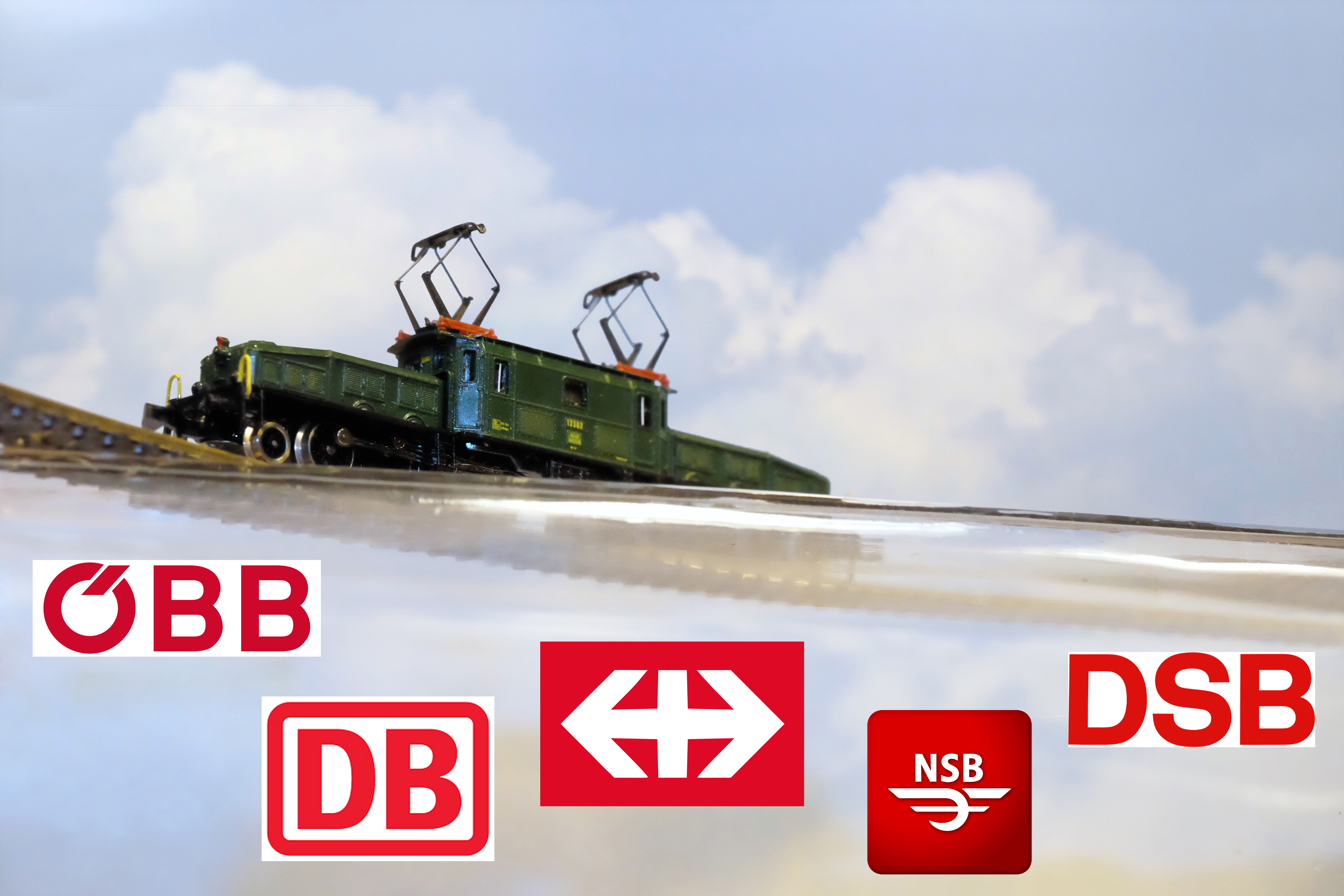
The perfect companion for Archistories buildings along the rails is Marklin and vice versa. Three new releases by these two companies plus one more Archistories will be the gist of this post.

Both companies of German origin go hand in hand, Archistories reaching back in time with their early Prussian design brick industrial buildings which service the railway and Marklin’s wide range of Era 2-6 locos and rolling stock. A new release by one of these companies builds on the tradition of what has been released thus far.

For Archistories two new signal towers one of brick and the other framework construction complement another interlocking tower with exposed timber released a few years back.

Variations in their kits include thus far have included framework versus brick as was the case with the mill building which can be seen here along side the new release signal tower of exposed timber/framework construction. Framework construction can be seen in Germany in a variety of uses including residential. Adding several different building types in exposed timber versus brick makes for a very interesting landscape.

Notice the mill propped by tweezers to level it out for the photo, the wheel extends below grade and it is serviced by a small motor provided in the kit. Simply soldering is required to attach two diodes in-line to the positive pole, wires thus descend below the structure and will thus be hidden from view after the building is planted in your layout’s landscape. The first step to making the mill is the wheel which is the more involved than the rest of the kit, but it is fun to start here knowing that by the end of the day that wheel will be turning wheat berry into flour for your town’s sustenance. The motor provided in the kit is shaped to perfectly conform to the buildings framework, but before proceeding you will want to confirm the motor is functioning properly just to be sure, it is highly unlikely to have a motor defect in an Archistories kit. The manufacturer suggested to me that a couple of more diodes can be installed to reduce the sound of the motor, I am a okay with the movement and sound, I don’t feel additional modification is warranted. Special Note: diodes should never be covered by electrical tape due to the potential of overheating, leave them naked so to speak!

Finding a home on the layout will require a mill race with partially dammed water to create pressure, one door is provided to the bridge that could provide access to a parking area for a truck or wagon. A Preiser figure or two will sure add scale and built into each Archistories kit are partition walls to carefully control light flow inside the mill.


If you have ever wondered what a signal tower looked like way back in the day Archistories has provided us with three examples including the two mentioned in this post. When signal towers had a purpose they housed throw levers made of brass that skilled operators would throw and pull to control semaphores and track switches. In the United States switch towers can be seen variously within large switch yards but the throw switches have been replaced with electronic push buttons. And for that matter modern control can be carried out miles away. Signal towers in the United States were so well built as was other rail infrastructure that many abandoned years ago still stand today.

Archistories has modeled their signal towers/interlocking towers with many throw levers, and they have provided large windows for good visibility, the name of the game is coordination and visibility, railways could not sustain frequent accidents or misaligned trains thus the operator of signals and switches provided a very important contribution to safe and efficient rail service.


Marklin’s new tank loco is a member of the elite new and improved steam loco design for Mini-club that includes partially new tooling including the active side rods whose movement is a lively and graceful dance, new tooling includes detailed running gear and brakes. To not mention the extensive and crisp painting and printing would be an oversight since the level of detail probably extends further than we can see, but it is reassuring that Marklin still goes further than we might require to bring the model closer to the prototype. This one being the KPEV class T12 tank locomotive with “Berlin” destination board and used in suburban traffic. Marklin 88957 is an MHI Exclusive, collectors will need to contact an MHI dealer to order this one. The Marklin Handlers Initiative constitutes those dealers who order everything Marklin produces thus guaranteeing availability of certain releases other dealers may not have access to. Having a relationship with an MHI dealer who also handles your Insider subscription will guarantee your collection grows with some of the rarer releases.
Recommended: Noch 61104 laser-cut adhesive features pin point accuracy when applying glue in small drops for laser-cut cardstock building construction: faster than applying glue with a pin or toothpick!
Good luck and happy railroading!





























































